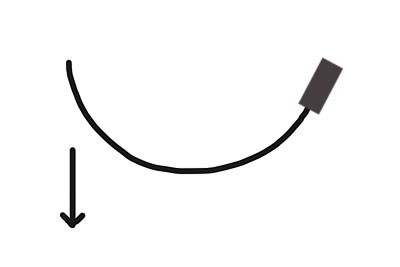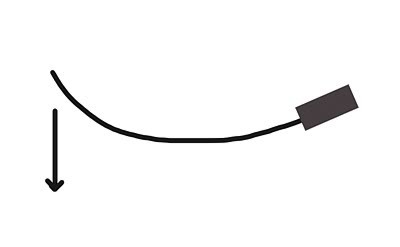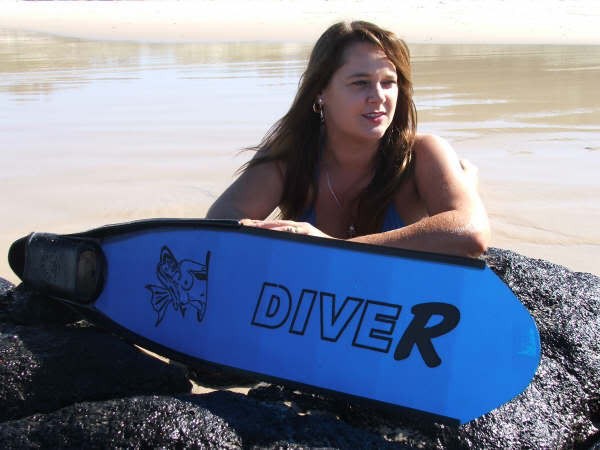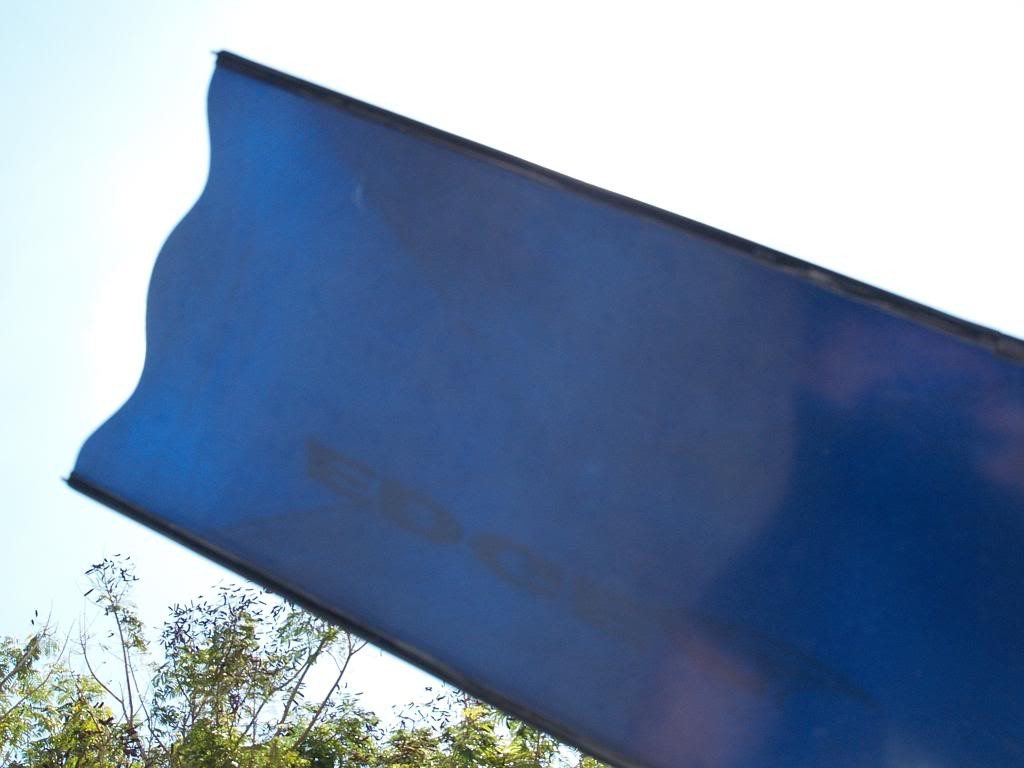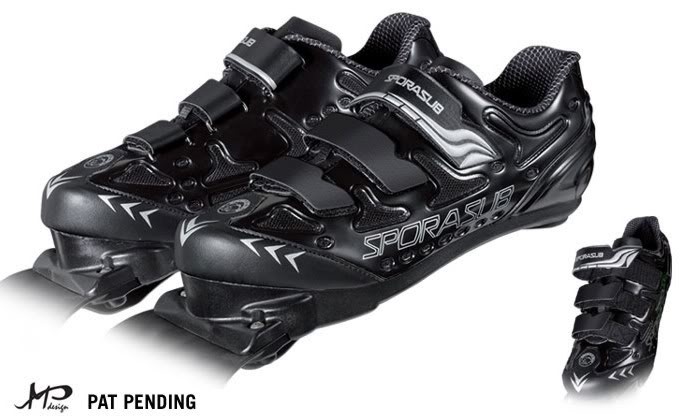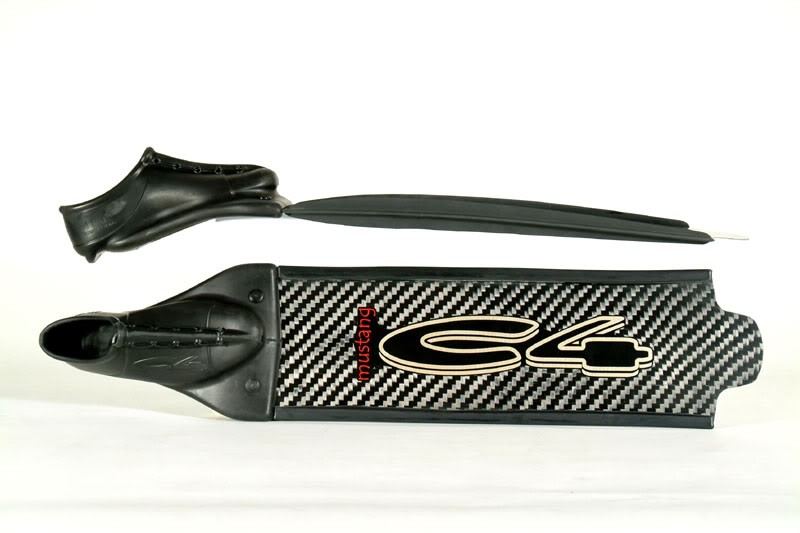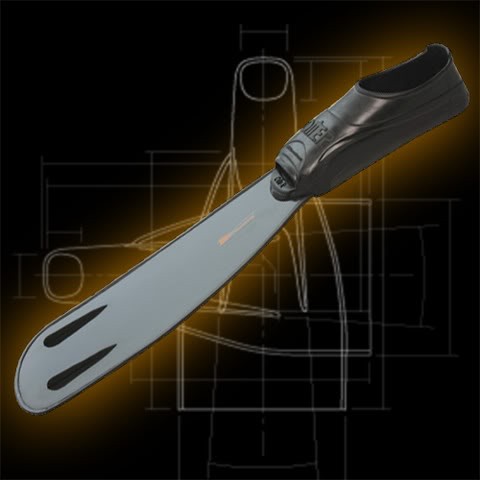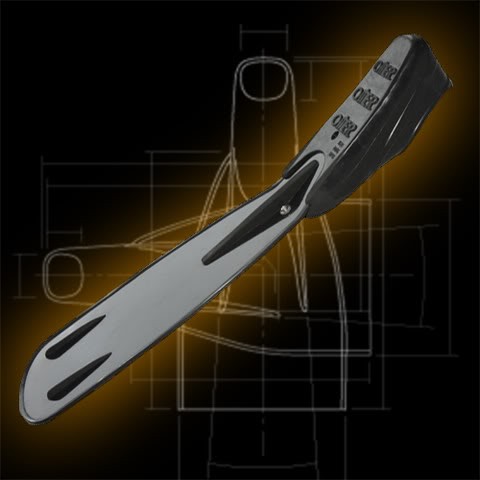Is there actually a difference between tendon stiffness of various footpockets? If so what does this translate to? I hung a 6oz lead weight off the tendon of a waterway footpocket (a clone of the Sporasub footpocket) and off the tendon of a soft tendon footpocket. The soft tendon footpocket has slightly longer tendons, the weights were placed at an equal distance from the back of each footpocket which apart from the tendons are fairly similar. I believe what accounts for the difference in tendon stiffness in this case is:
1. How much rubber material is in the tendons, the waterway have a significantly taller profile throughout their length.
2. The rubber material itself, the waterway footpocket tendons are made of a harder rubber material.
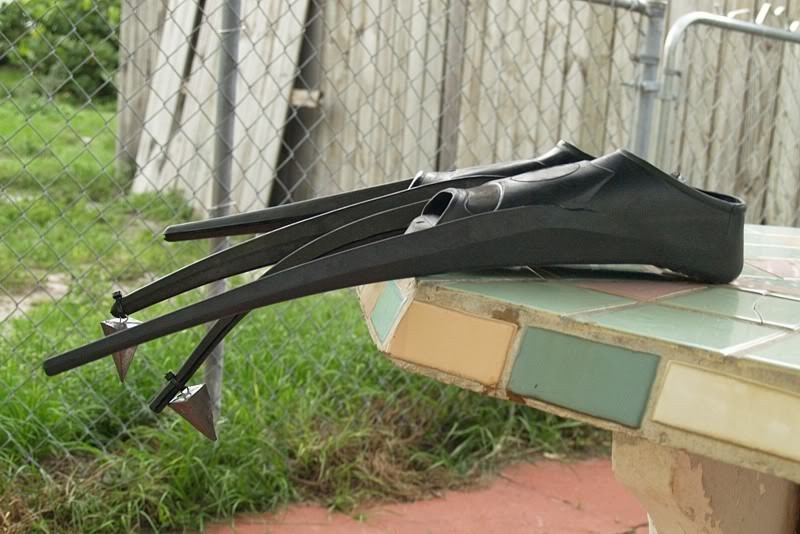
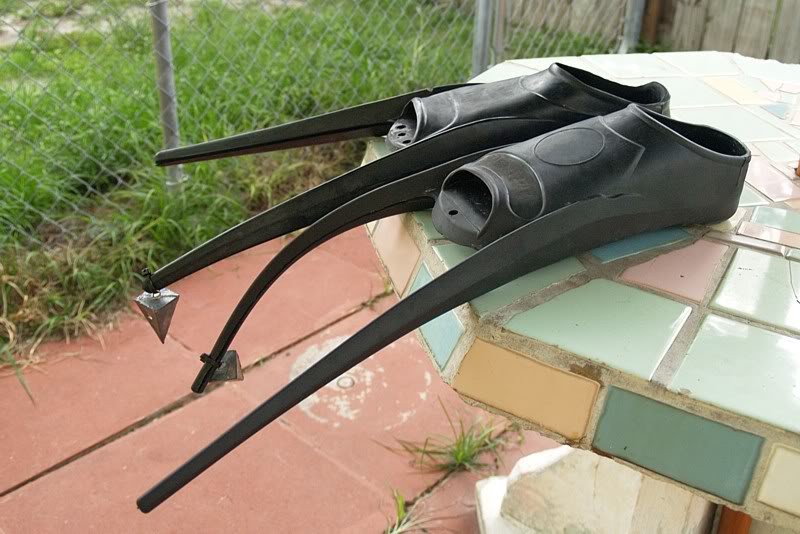
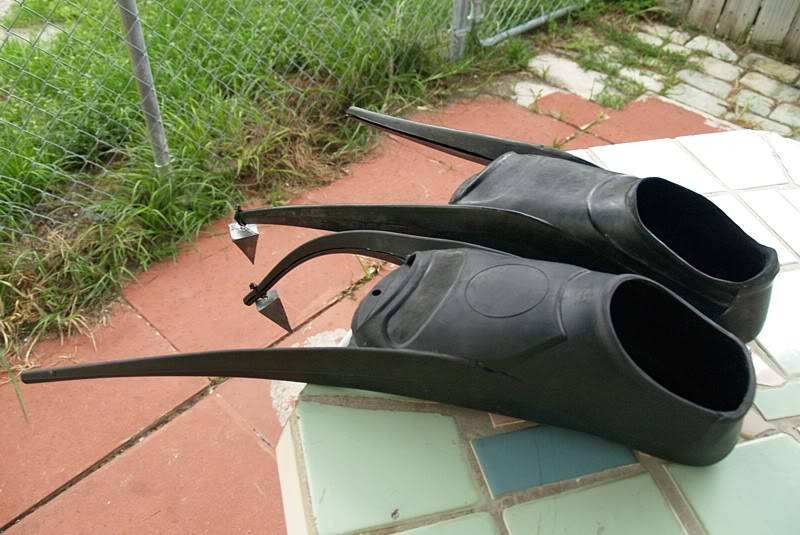
You can imagine that if a tiny 6oz weight has this effect, what effect the force of a leg stroke pushing against water will have on the soft tendons. It will be like they're non existent.


